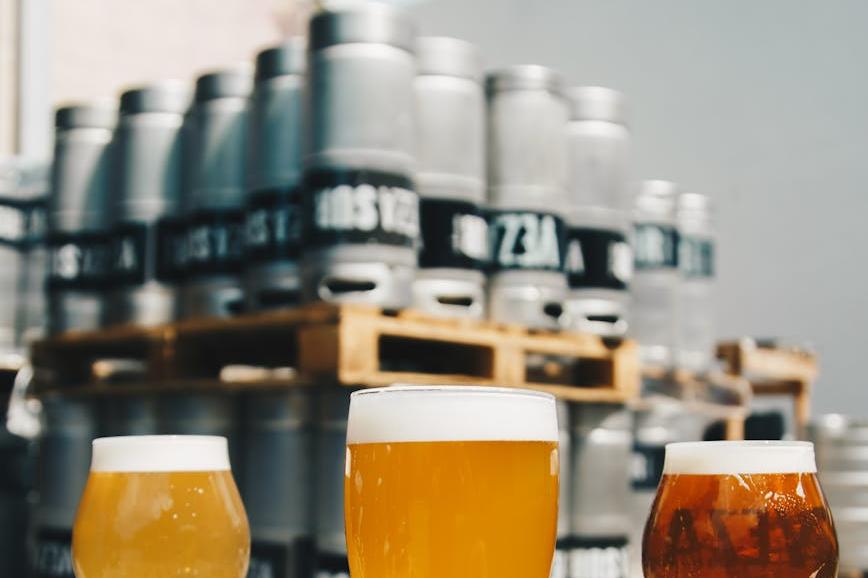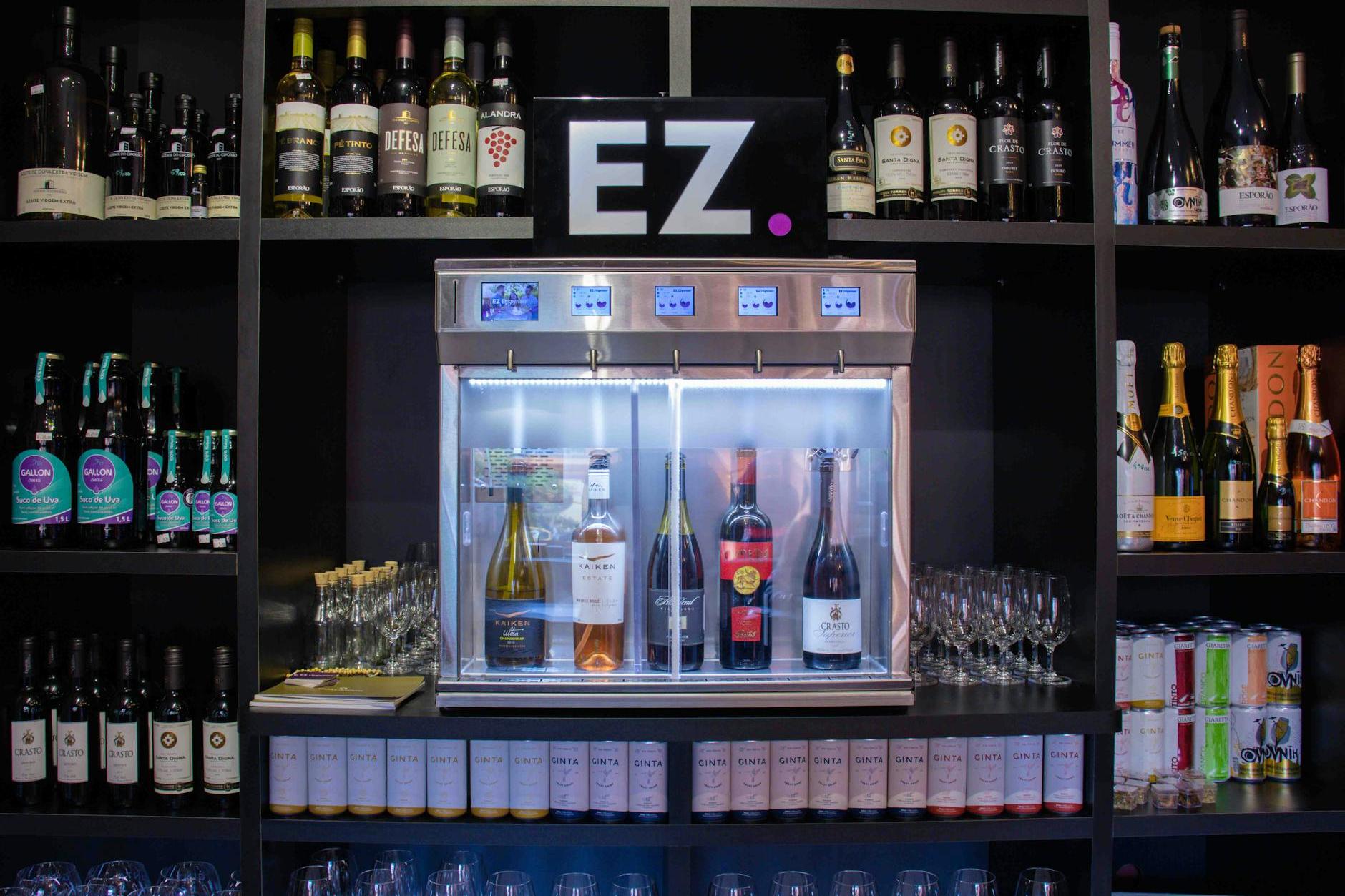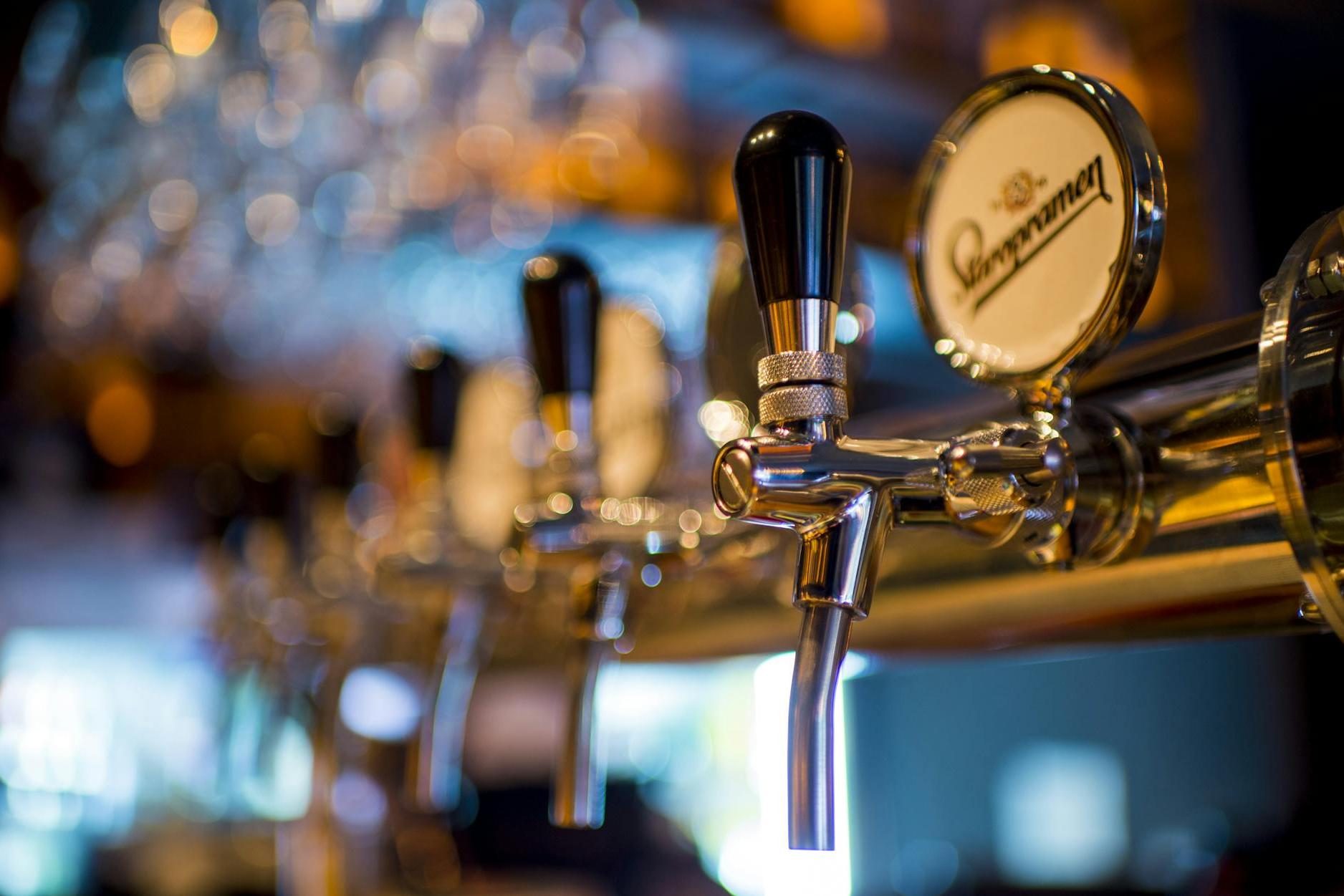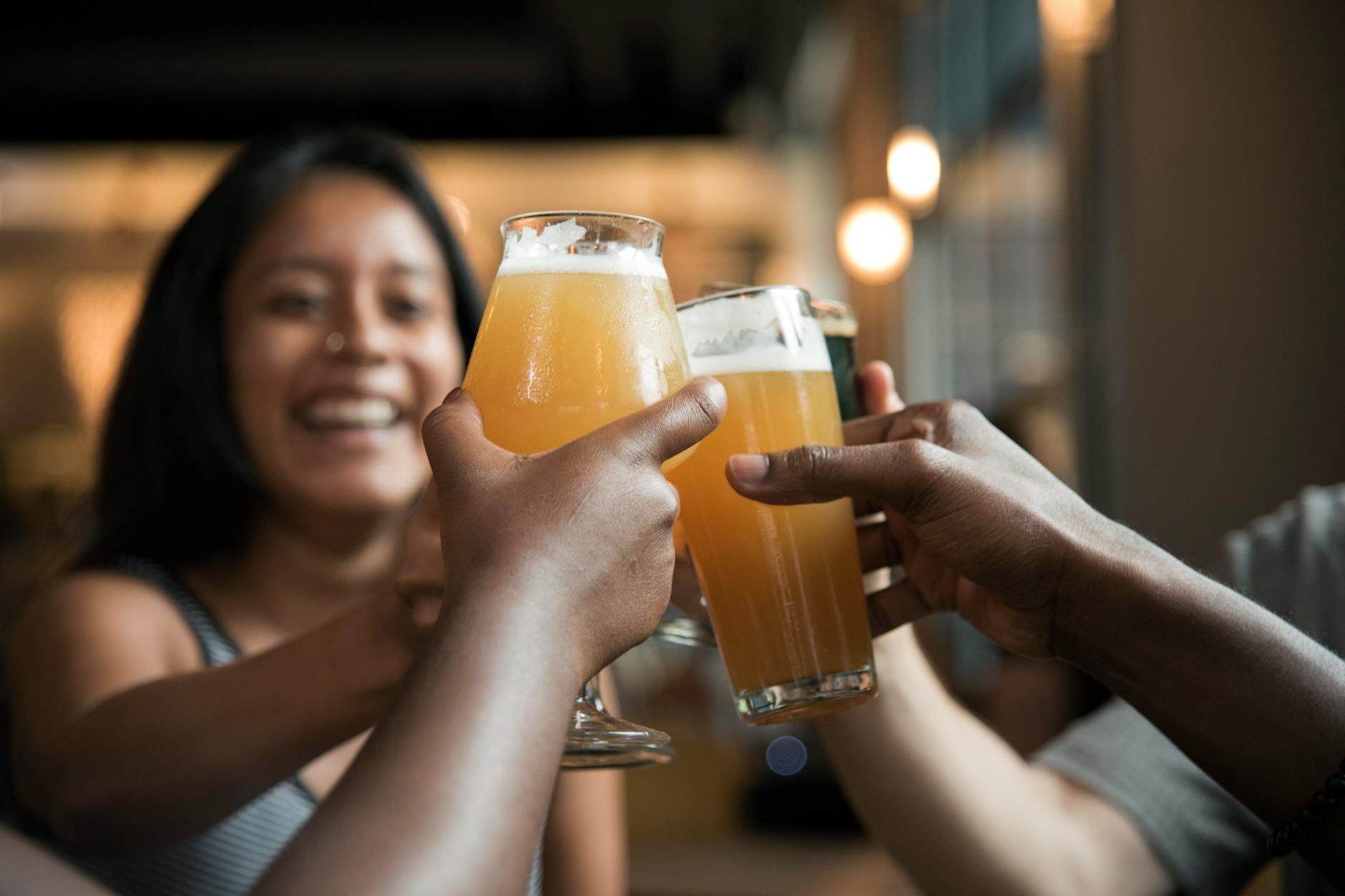- Shanghai Zhongshen International Trade Co., Ltd. - Two decades of trade agency expertise.
- Service Hotline: 139 1787 2118
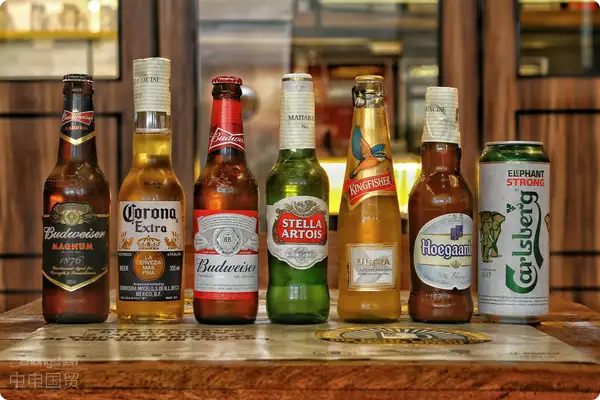
Contents
ToggleBefore opening the bottle: These documents are more important than the wine label.
Last year, a customer excitedly brought back samples of German craft beer, only to have them held at customs for three months—all because they overlooked a crucial detail.Fermented liquor and distilled liquorDifferences in regulatory classification. The essential "four-piece set" for imported beer:
- Business License (must include liquor sales operation items)
- Alcohol distribution license
- (Apply 30 days in advance)
- Record - filing of Imported Food Consignor
Product Selection Pitfall Guide: The Hidden Tariff Trap
For beers with the same 10% malt concentration, different packaging methods may result in...A 15% tax rate differential:
- Canned beer: 5% tariff + 13% VAT
- Glass bottle packaging: an additional 8% consumption tax (environmental treatment fee for packaging materials) is levied.
- Dedicated keg for draft beer: Proof of recycling documentation must be provided.
Three critical 48-hour periods in the customs clearance process
Based on personal experience with a case of customs clearance delay for Belgian white beer, the following conclusions are drawn:Customs clearance timeline control method:
- 48 hours before arrival: Complete the preliminary review of the electronic customs declaration.
- 48 hours after inspection: Supplement the defect description for the Chinese back label.
- Within 48 hours after release: Archive the temperature records of cold chain transportation.
Those Years We Paid Tuition: Special Scenario Handling
Commonly encountered in craft beer:The Three-Link Conundrum:
- Mixed Flavor Set: Taxation shall be calculated based on the highest tax rate among the individual items.
- Limited edition complimentary cup: Declare the commodity code separately.
- Vintage paper wine label: Provide proof of anti-mold treatment
Practical Q&A: Top 5 Customer Concerns
- Q: How to import near-expiry beer?
A: For products with a remaining shelf life of 3 months, it must be noted in the customs declaration remarks; those with over 6 months can proceed with normal customs clearance. - Q: What are the certifications required for a craft brewery?
A: It is recommended to require dual safeguards: HACCP certification + a sanitary certificate of origin.
I remember last year when helping a client handle a batch of Dutch Trappist beer, the entire shipment was nearly rejected because the alcohol content was labeled using "ABV" instead of "vol." In this industry, the details are the true moat. When you hold a complete customs clearance dossier in hand and hear the crisp sound of a can opening—that is the most beautiful symphony for a businessperson.
Related Recommendations
Category case
Get in Touch
Email: service@sh-zhongshen.com
Related Recommendations
Contact via WeChat

? 2025. All Rights Reserved. Shanghai ICP No. 2023007705-2  PSB Record: Shanghai No.31011502009912
PSB Record: Shanghai No.31011502009912
